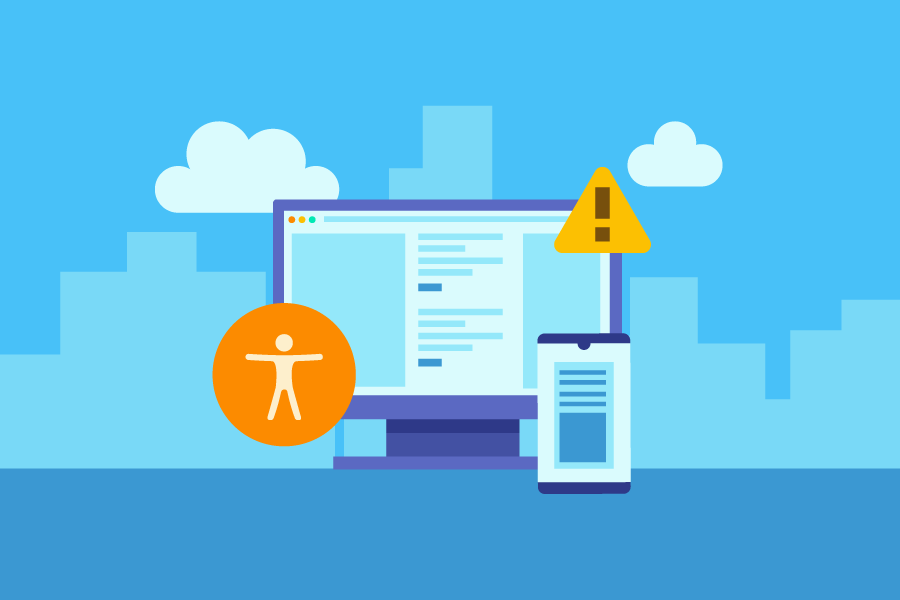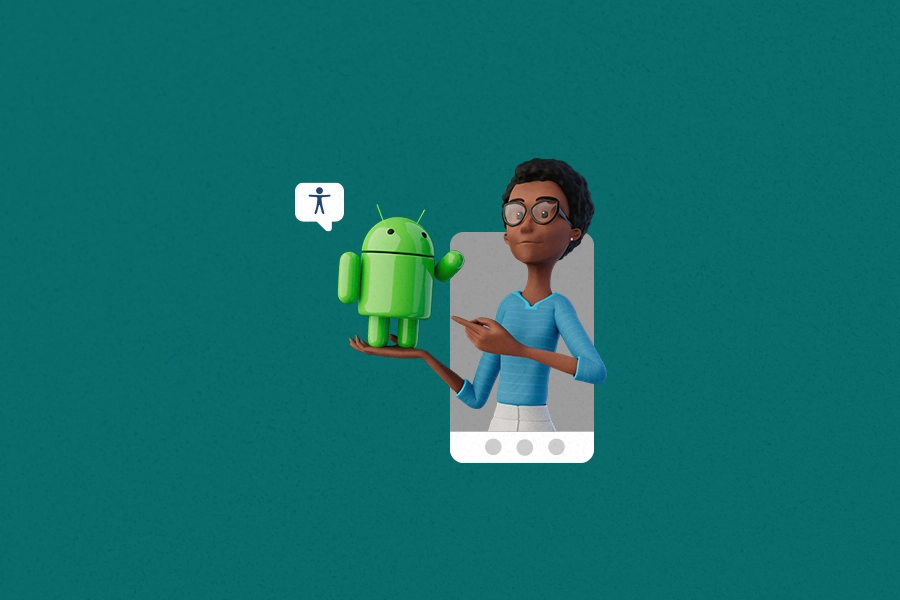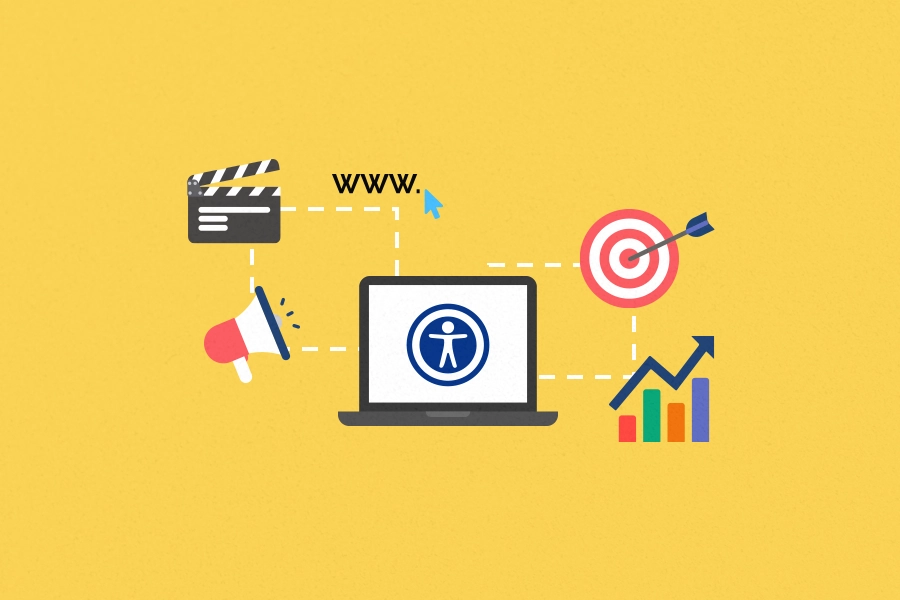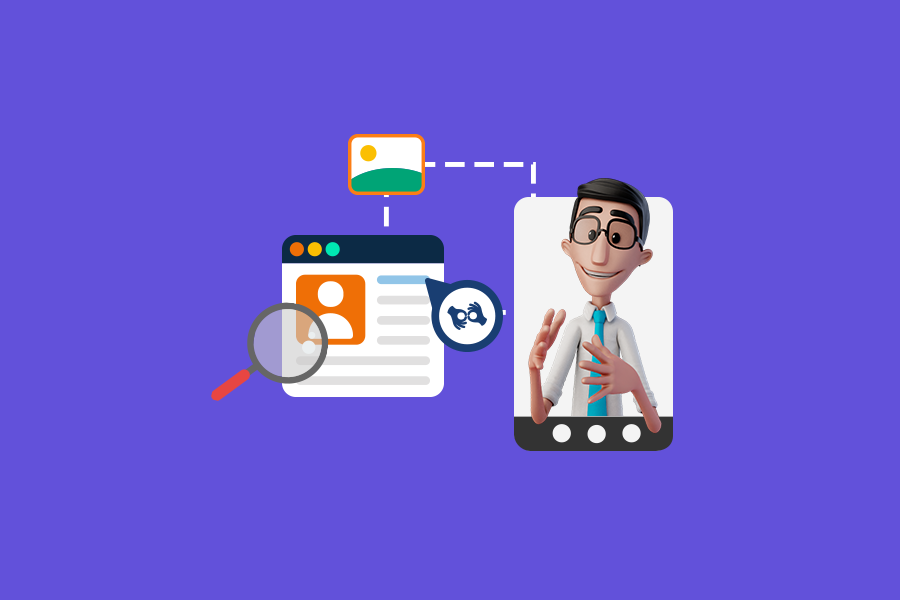
Why Digital Accessibility Matters Now More Than Ever

For many of us, the internet is the principal guide towards education, interaction, entertainment – and ultimately, a more convenient life. But did you know it’s not necessarily that straightforward for everyone?
Over the past few decades, we have seen many exchanges move online – and this is now being rapidly accelerated with the outbreak of COVID-19. However, most of the content has not been adapted to the entire palette of human experience.
With 15% of the world’s population experiencing some form of disability, and with the majority of these people being online, it’s never been so important to think about how to promote a more inclusive digital environment.
Read on to find out why digital accessibility matters and what you can do to advance it.
What does digital accessibility entail?
There’s no doubt that when it comes to championing digital accessibility, our societies still have a long way to go. Let’s take a look at the US: It is believed that there are over 56 million Americans with disabilities. And yet, according to Tenon, only 0.03% web pages out there are free from any Web Content Accessibility Guidelines (WCAG) errors.
These are overwhelming numbers, but to better understand them, we need to know what digital accessibility means in the first place. The term refers to making websites, digital content, and other related tools designed and shaped in such a way that allows people with disabilities to use them without limitations.
Whether it’s people with sight, hearing, or mobility impairments, digital accessibility allows everyone to get the information they need, educate themselves, interact, and consume content. During this process, these users are also empowered to better form their opinion and make their own, informed choices.
This is not merely a nice addition to consider – digital accessibility has strong foundations in law, too. The rise in accessibility lawsuits demonstrates that Americans with Disabilities Act (ADA) is applicable both in real-life and digital settings. Understanding the concept in terms of civil rights gives it yet another layer of importance.
What is changing now?
While the lack of digital accessibility is a long-standing issue, there are reasons to think it could become even more pressing. This is because of the current coronavirus pandemic, which has forced businesses to take their operations online, often in haste and without much regard for diverse needs.
At the same time, as millions of people are now housebound, the reliance on information found online increases. Whether you want to work from home, attend an online class, participate in a course, attend a webinar, or listen to a podcast, it can be difficult to participate in these exchanges if they aren’t inclusive. And now, as even doctor appointments are moving online, this is an urgent point to tackle.
We can probably agree on the fact that the digital world should make things easier – but here, it’s not exactly the case. How can a deaf person stay informed about the pandemic if most of their communication depends on sign language? And what if a blind person needs to buy online on a website that doesn’t have clear navigation in place? In times when most of our activities are centered around a screen, digital accessibility is indispensable.
How to advance digital accessibility
That said, digital accessibility brings benefits both for people in need to access online content, and for organizations looking to expand their reach. Many organizations and companies – including Google, Amazon, Microsoft, Apple, and Facebook have shown a clear commitment to accessibility initiatives – and you should do the same!
There are various features and tools you can utilize to help disabled people better navigate your content. This can include encouraging the usage of subtitles and captions, providing transcripts for podcasts, simplifying your website navigation, or designing for readability – meaning that you take note of fonts, colors, and text justification.
Another simple habit you can adopt is taking full advantage of alternative text. This takes the development team only a moment to do, but can be a gamechanger for anyone with visual impairments. By providing alt-text descriptions, you allow anyone using screen readers to better understand an image, video, or infographic, even without seeing them.
As we move towards yet another step in the digital revolution, we need to think about how to ensure that everyone is in the same boat.
If you want to explore more related topics, make sure to browse our blog!


